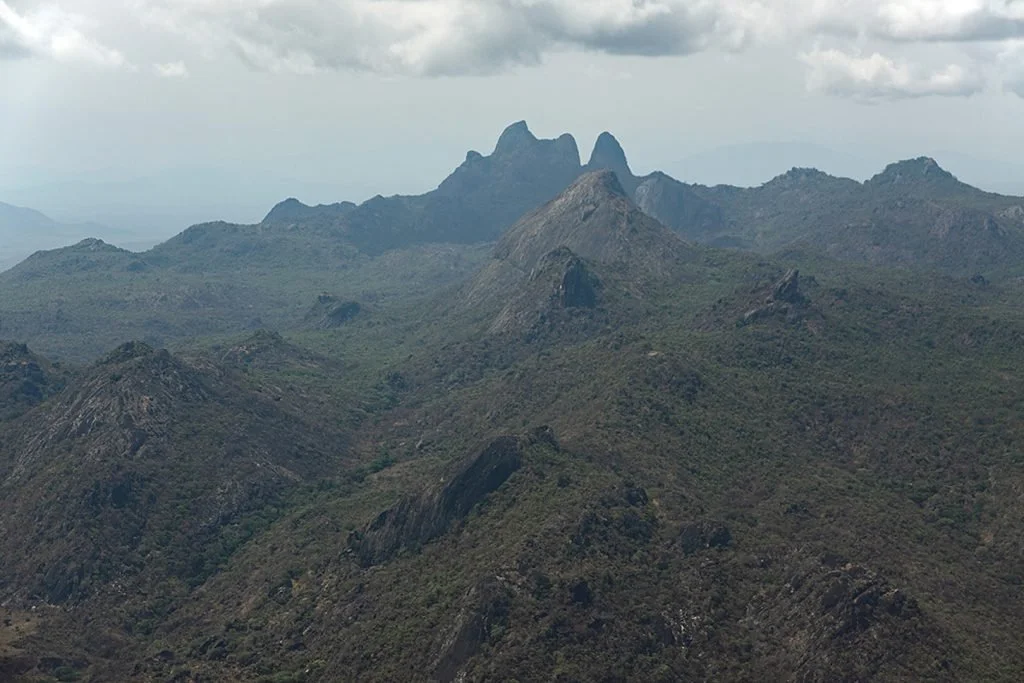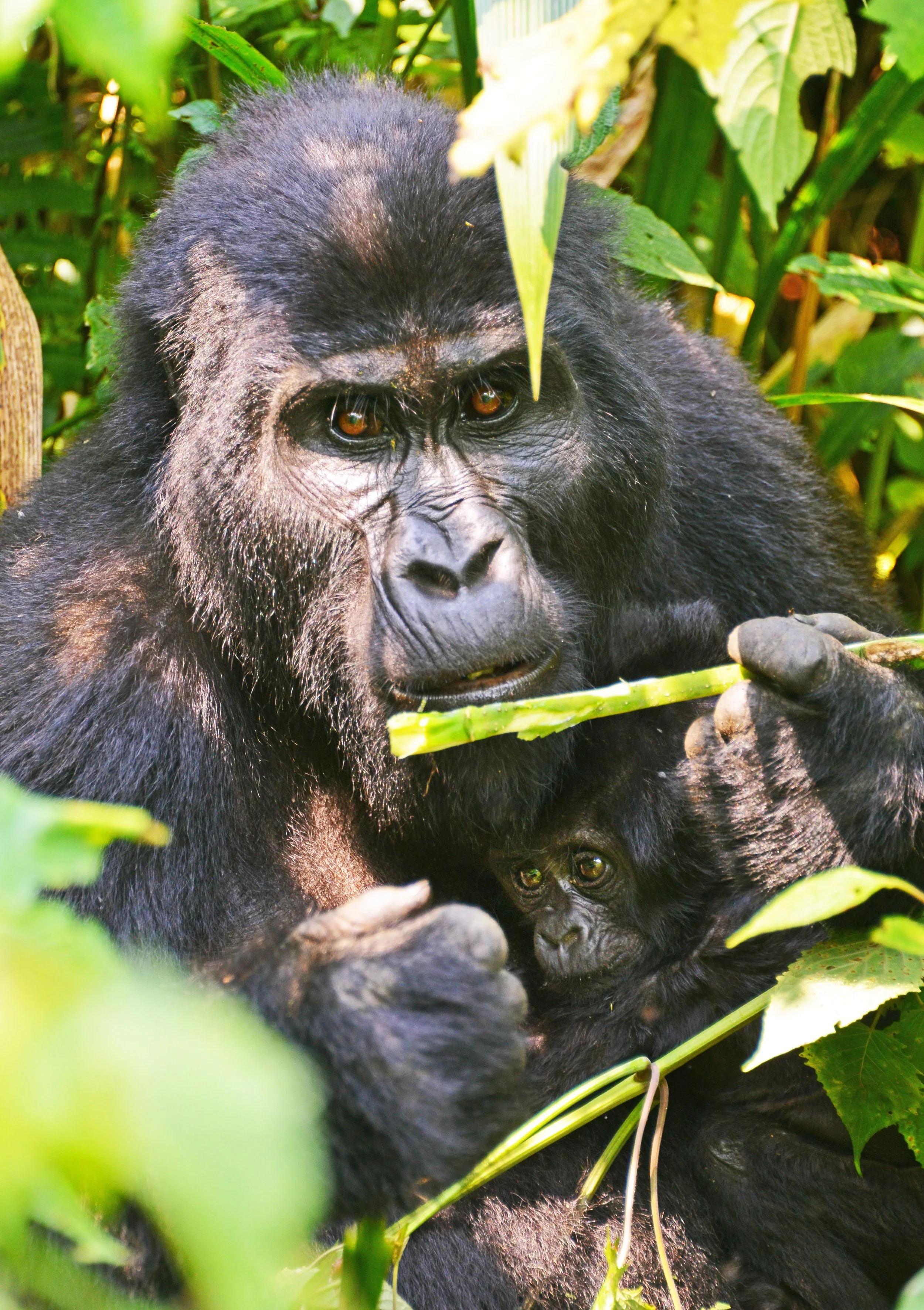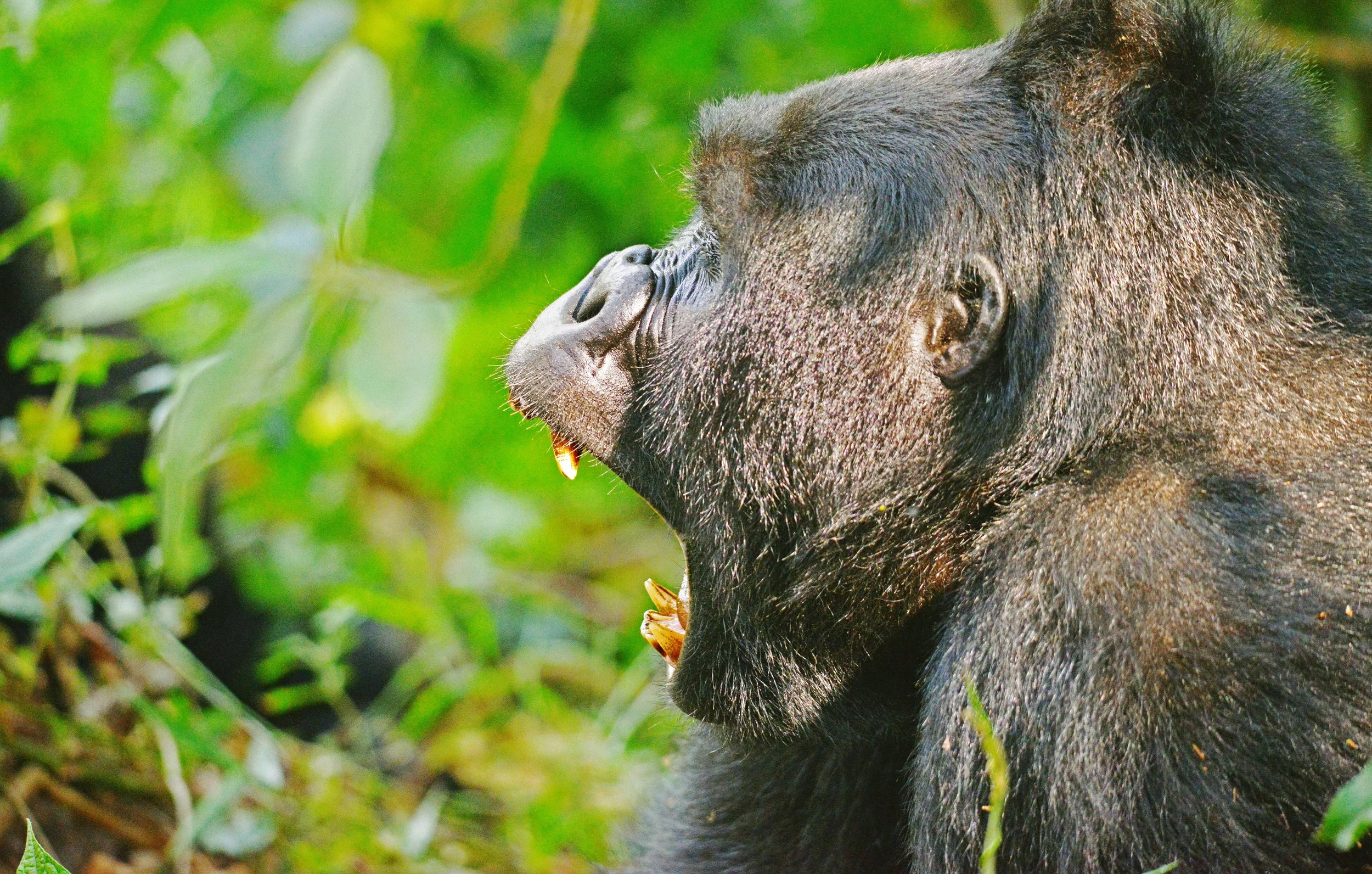
Gorilla Trekking in Uganda – FAQs
How much does it cost to go gorilla trekking in Uganda?
A gorilla trekking permit costs approximately US $800 per person per trek for foreign non-residents, rising from US $700; residents and East African citizens receive discounts (e.g. ~US $500–700 or UGX 300,000)
How difficult is gorilla trekking in Uganda?
Trekking ranges widely: some groups are located within a 1-hour walk, others may take 3–8+ hours over steep, muddy, uneven forest terrain. Users rate the challenge moderate (~3–4/10) thanks to porters and ability‑based group assignments.
Is Rwanda or Uganda better for gorilla trekking?
Uganda is more affordable (lower permit costs and more lodging options), has more habituated gorilla groups, and greater trekking availability. Rwanda offers shorter, more accessible hikes, easier logistics, and luxury lodges, but at a higher price (~US $1,500 vs US $800).
Which month is best for gorilla trekking in Uganda?
The dry seasons (June–September and December–February) offer optimal trail conditions, less mud, and better visibility. Trekking in low‑rain months like April–May or November is possible but more challenging.
Is gorilla trekking expensive?
Yes, it is a high-cost wildlife experience. Permit prices are significant. However, the revenue supports crucial conservation efforts and local communities, making it an eco‑responsible investment.
How far in advance should I book gorilla trekking in Uganda?
Popular trekking months often sell out months in advance. Booking 3–6 months ahead is advised for Uganda. Rwanda generally requires 7–9 months’ lead time to secure permits.
Is gorilla trekking worth the money?
Most visitors report a transformative, once‑in‑a‑lifetime wildlife encounter. Though pricey, the trek’s impact environmentally, educationally, and emotionally offers serious value for many travelers.
How fit do I need to be for Uganda gorilla trekking?
A moderate fitness level is adequate. Trekking can be adjusted according to fitness, and porters or walking sticks are available. Trails vary from gentle to difficult, based on the assigned gorilla group and terrain.
What to wear for gorilla trekking?
Recommended gear includes: long-sleeved shirts, long trousers, waterproof hiking boots, rain jacket, gloves, hat, insect repellent, plus a daypack with water and snacks. Waterproof clothing is vital even in dry seasons.
How do I prepare for gorilla trekking in Uganda?
Preparation tips: increase fitness via hikes on uneven terrain, pack appropriate gear, book during dry months, secure permits early, and consider hiring a porter if needed.
Where is the cheapest gorilla trekking?
Uganda offers the most affordable permits (~US $800 or less in low‑season). Low‑season discounts (April, May, November) reduce prices to around US $450–500 for foreign residents.
How long does gorilla trekking last?
Treks typically run 2–6 hours to find the gorilla family and navigate trails; once located, visitors spend one hour observing the gorillas.
Why do people wear masks when gorilla trekking?
Masks are mandated to reduce disease transmission, protecting gorillas from human respiratory infections and it is critical for conservation.
Do you need gloves for gorilla trekking?
Not mandatory, but gloves are recommended to protect hands from vegetation, thorns, mud, and help grip on steep trails.
Which country has the best gorilla trekking?
It depends on priorities:
Uganda offers greater availability, lower cost, and more groups.
Rwanda delivers easier treks, shorter travel time from Kigali, and luxury lodging.
For budget and variety: Uganda; for comfort and efficiency: Rwanda.
Which country owns most of the gorillas?
Uganda holds about half of the world’s mountain gorilla population, primarily within Bwindi Impenetrable and Mgahinga National Parks (~400 individuals).
Gorilla Behavior & General Facts
Do gorillas and lions live together?
No. Gorillas inhabit dense montane forests (e.g. Bwindi), while lions live in savannahs and open woodland (e.g. Murchison Falls or Queen Elizabeth). Their habitats do not overlap.
What is a gorilla's biggest enemy?
Though leopards occasionally prey on gorillas, the biggest threats are human-related: poaching, habitat destruction, snares, and diseases transmitted by people.
Who is stronger, tiger or gorilla?
While gorillas are incredibly strong among primates, tigers are apex predators and stronger in a direct confrontation but they live on different continents.
Does a gorilla eat meat?
Mountain gorillas are strictly herbivorous, feeding on leaves, stems, fruit, and bark; they may eat insects rarely, but meat consumption is nonexistent.
What are 5 facts about gorillas?
Mountain gorillas share ~98% DNA with humans.
They live in tight-knit family groups led by a silverback.
They derive hydration primarily from moist vegetation, rarely drinking water.
They use over 25 distinct vocalizations i.e grunts, barks, belches, & screams for communication.
Aggressive displays (e.g. chest-beating, vegetation-throwing) are ritualistic rather than physical confrontations.
Does a gorilla bite?
Yes, they can bite in severe aggression or defense, though they primarily rely on visual and audio threat displays rather than physical attacks.
How do gorillas get so big without meat?
Their diet is rich in high-fiber vegetation. Their digestive systems effectively extract nutrients supporting muscle and body mass without protein from meat.
Do gorillas drink water?
They seldom drink free-standing water, instead obtaining hydration from succulent plants, fruits, and morning dew. Direct drinking is rare.
Would 100 humans beat a gorilla?
Hypotheticals aside, a gorilla is extremely powerful and non-aggressive. It would be unrealistic to canonically say humans could overpower one peacefully.
Why are gorillas aggressive?
Aggression is defensive in nature especially from silverbacks protecting their group. They use ritualized displays to avoid physical conflict.
What are gorillas afraid of?
They may fear humans, predators like leopards, loud unfamiliar sounds, and conflicts with rival gorilla groups.
Is it okay to smile at a gorilla?
No, showing teeth can be interpreted as a threat in gorilla behavior. Remain calm and expression‑neutral.
What to do if a gorilla charges you?
Stay calm, back away slowly without turning your back or running, and follow ranger instructions immediately.
How do gorillas say hello?
They use vocal grunts, soft barks, and light touching, especially among group members greeting one another.
Should I look a gorilla in the eye?
Avoid direct eye contact, as prolonged staring can be seen as a challenge. Instead, glance away or look toward their shoulders.
How to show a gorilla you're friendly?
Maintain calm posture, avoid direct eye contact, move slowly, and follow ranger cues to appear non-threatening.
How can you tell if a gorilla is happy?
Signs include relaxed posture, gentle grooming, soft grunts or belches, and playful interactions among juveniles.
How to tell if a gorilla is angry?
Look for chest-beating, branch shaking, loud vocalizations, and aggressive body posture signals of dominance or stress.
Can gorillas bond with humans?
Wild gorillas do not form bonds with humans. Some captive individuals do form attachments, but wild interactions remain strictly observational.
How do gorillas show love?
Affection is displayed within the group through grooming, physical proximity, play, and nurturing behaviors.
Do gorillas like being touched?
They groom group members but do not tolerate human contact. Proximity rules are strictly enforced to prevent risk.
What does it mean when a gorilla smiles?
A “smile” is often a submissive or stress expression, not a friendly gesture.
How to communicate with a gorilla?
Direct communication isn’t appropriate. Instead, respond to body language and vocal cues, and observe silently and respectfully under ranger guidance
Book a Gorilla Experience with us today


